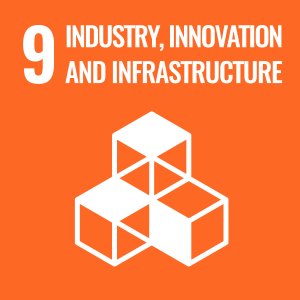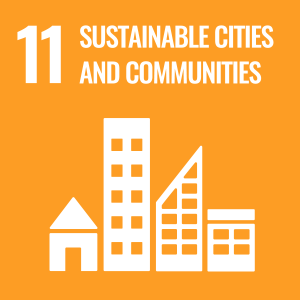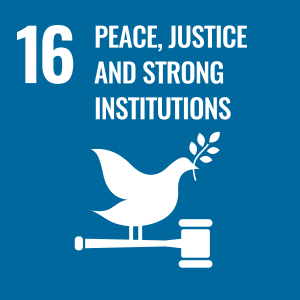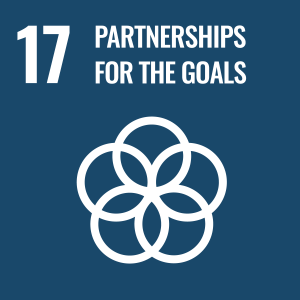
Dr Simon Curtis
Academic and research departments
Politics and International Relations, Institute for Sustainability, Centre for the Study of Global Power Competition (CGPC).About
Biography
Simon joined the University of Surrey in 2023. He had previously been an Associate Professor in International Relations at the University of East Anglia, and holds a PhD from the London School of Economics.
His books include Global Cities and Global Order (Oxford University Press), which was awarded the 2018 Hedley Bull Prize by the European Consortium for Political Research, and the forthcoming The Belt and Road City (Yale University Press, 2024).
Sustainable development goals
My research interests are related to the following:





Publications
Hegemonic transition is typically associated with major power war. Relatively neglected is its association of systemic change with shifts in material and social infrastructure. This article develops a structural power model that highlights the importance of infrastructure to hegemonic control. It shows how the provision of systemic infrastructure connects the key structures of power in the international system, creating path-dependencies and imposing switching costs. Using the example of China’s infrastructure-led grand strategy, we show how a new pathway to peaceful hegemonic change may become available through infrastructure provision, as existing infrastructure is repurposed, alternatives are provided, and new infrastructure at the leading edge of technological change is built to cater for the requirements of the future.
"An exploration of how China's Belt and Road Initiative seeks to reshape international order and how it has catalyzed a new era of infrastructural geopolitics. Over the past decade China has put infrastructural and urban development at the heart of a strategy aimed at nothing less than the transformation of international order. The Belt and Road Initiative, which seeks to revitalize and reconnect the ancient Silk Roads that linked much of the world before the rise of the West, is an attempt to place China at the center of this new international order, one shaped by Chinese power, norms, and values. It seeks to do so, in part, by shaping our shared urban future. Simon Curtis and Ian Klaus explore how China's specific investments in urban development--cities, roads, railways, ports, digital and energy connectivity--are directly linked to its foreign policy goals. Curtis and Klaus examine the implications of these developments as they evolve across the vast Afro-Eurasian region. The distinctive model of international order and urban life emerging with the rise of Chinese power and influence offers a potential rival to the one that has accompanied the rise and zenith of Western power, marking a new age of infrastructural geopolitics and Great Power competition." - Amazon.com viewed Apr. 30, 2024